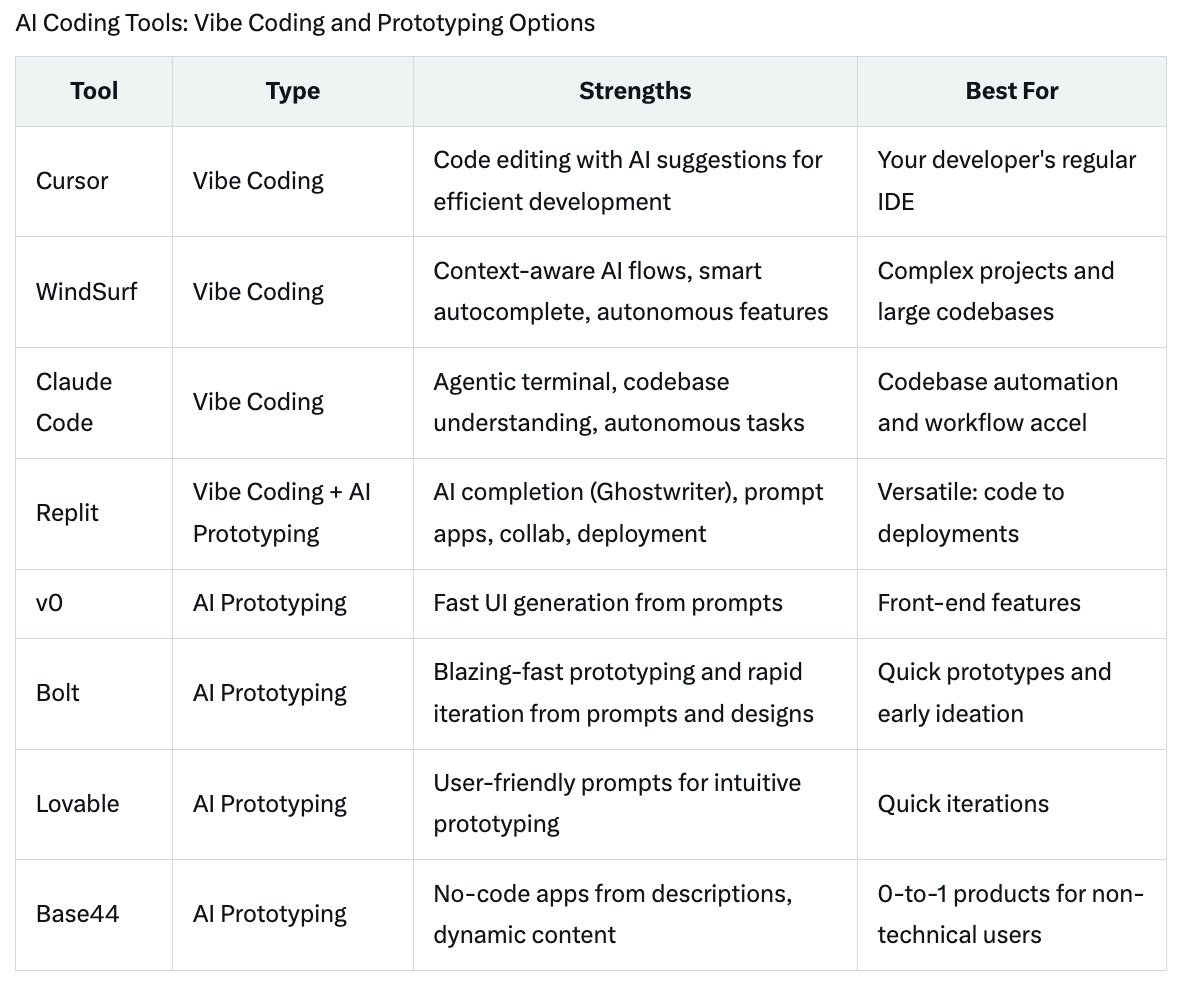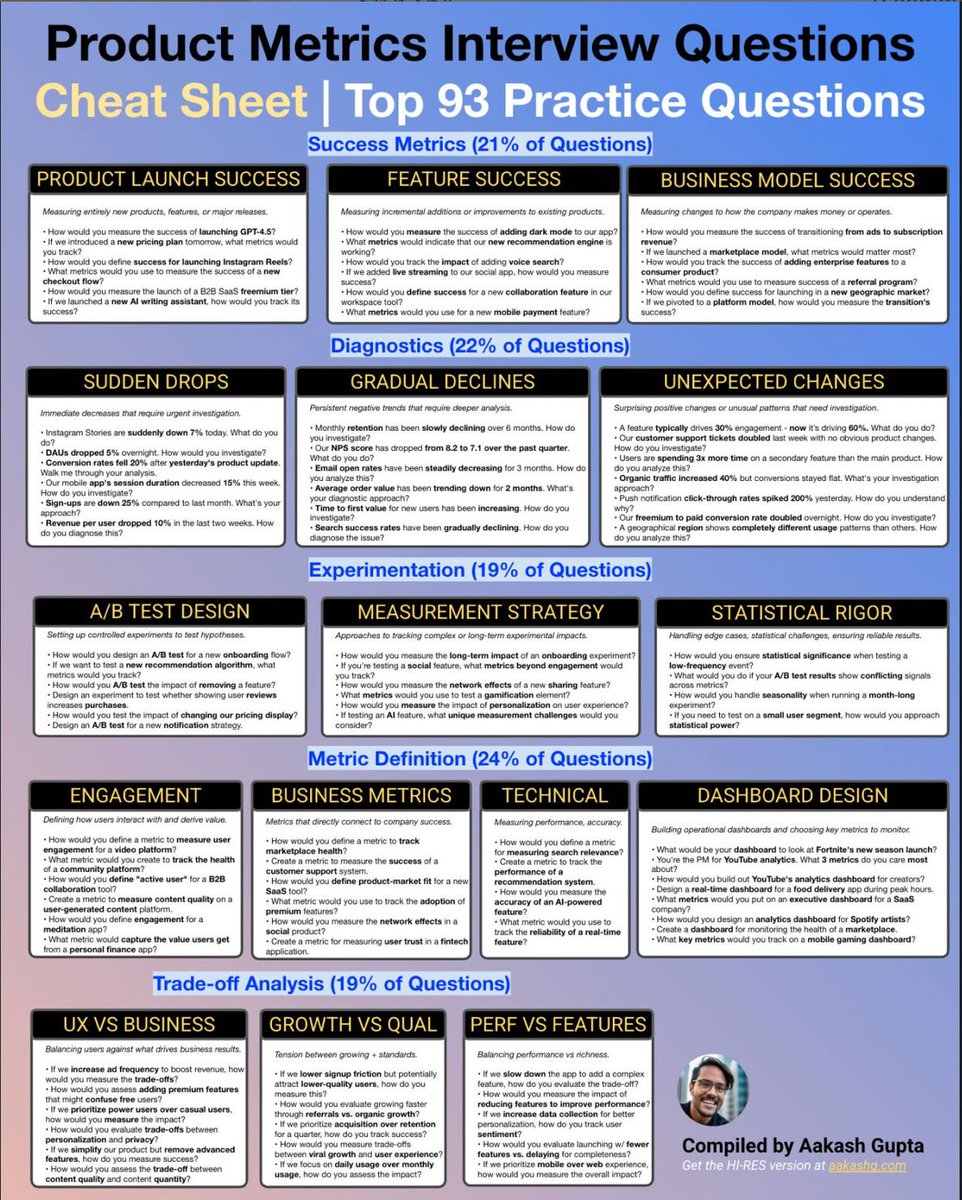The last 45 days have been the biggest ever in AI.
All of this happened:
GPT-4
Auto-GPT
Midjourney v5
Runway #Gen2
Viral Drake Songs
ChatGPT in Robots
Here are the key takeaways from a crazy month and a half in AI 🧵
All of this happened:
GPT-4
Auto-GPT
Midjourney v5
Runway #Gen2
Viral Drake Songs
ChatGPT in Robots
Here are the key takeaways from a crazy month and a half in AI 🧵
March 14: GPT-4
We were already collectively losing our minds over GPT-3.5. Then, GPT-4 dropped 🤯
We were already collectively losing our minds over GPT-3.5. Then, GPT-4 dropped 🤯
March 15: Midjourney v5
After having our minds blown by GPT-4's code and text, the very next day @midjourney v5 dropped.
The photorealism was unreal from the get-go. @DotCSV created the iconic sad Darth Vader drinking a Coke.
After having our minds blown by GPT-4's code and text, the very next day @midjourney v5 dropped.
The photorealism was unreal from the get-go. @DotCSV created the iconic sad Darth Vader drinking a Coke.

March 20: Runway Gen2
After having our minds blown by text and image, video was next.
@runwayml released the next generation of its excellent text-to-video model.
After having our minds blown by text and image, video was next.
@runwayml released the next generation of its excellent text-to-video model.
March 30: AutoGPT
We thought there wasn’t going to be another modality to wow us until AutoGPT dropped.
It uses GPT to write itself tasks.
We thought there wasn’t going to be another modality to wow us until AutoGPT dropped.
It uses GPT to write itself tasks.
April 4: Heart on My Sleeve Released
After text, code, image, and video, what was left? Audio!
We completed the circle on all forms of creative media when TikTok user ghostwriter977 spawned the viral song of the year.
After text, code, image, and video, what was left? Audio!
We completed the circle on all forms of creative media when TikTok user ghostwriter977 spawned the viral song of the year.
And then he did it again with a Bad Bunny x Rihanna drop.
The music labels have been reporting videos 24 hours a day to take them down.
The music labels have been reporting videos 24 hours a day to take them down.
April 17: DINOv2
We didn't just see advancements in generative AI. We also saw advancements in computer vision.
Meta released mind-blowing transformers to identify moving objects.
We didn't just see advancements in generative AI. We also saw advancements in computer vision.
Meta released mind-blowing transformers to identify moving objects.
April 20: WebGPT
19-year-old genius @willdepue released a way to run chatGPT natively in your browser.
19-year-old genius @willdepue released a way to run chatGPT natively in your browser.
@SullyOmarr explained how this tech opens up the door for a massive play by Apple.
https://twitter.com/SullyOmarr/status/1651275484573966336
April 25: GPT Robots
Just when we thought the innovation had to slow down, Boston Dynamics put ChatGPT into their robot dog Spot.
Compelling AI in our homes looks closer than ever.
Just when we thought the innovation had to slow down, Boston Dynamics put ChatGPT into their robot dog Spot.
Compelling AI in our homes looks closer than ever.
Bonus: #NeRFs took off
Although not released in the last month and a half, #NeRFs powered by @LumaLabsAI did take off.
Artists like @karenxcheng showed us just how powerful the tech is.
Although not released in the last month and a half, #NeRFs powered by @LumaLabsAI did take off.
Artists like @karenxcheng showed us just how powerful the tech is.
I thought we just needed to take a step back in and look at it all.
We are in a Cambrian explosion of AI advancement.
Language
Imagery
Music
Video
Code
Everything's moving at exponential speed - and accelerating.
What a time to be alive.
We are in a Cambrian explosion of AI advancement.
Language
Imagery
Music
Video
Code
Everything's moving at exponential speed - and accelerating.
What a time to be alive.
Want to go the layer deeper - The Midjourney story? The Runway story?
Check out the newsletter:
aakashg.com/subscribe-emai…
Check out the newsletter:
aakashg.com/subscribe-emai…
This thread took half of my Saturday to write.
If you enjoyed, follow me for regular updates: @aakashg0
And retweet the first tweet for others to see:
If you enjoyed, follow me for regular updates: @aakashg0
And retweet the first tweet for others to see:
https://twitter.com/aakashg0/status/1652513582381256704
• • •
Missing some Tweet in this thread? You can try to
force a refresh










